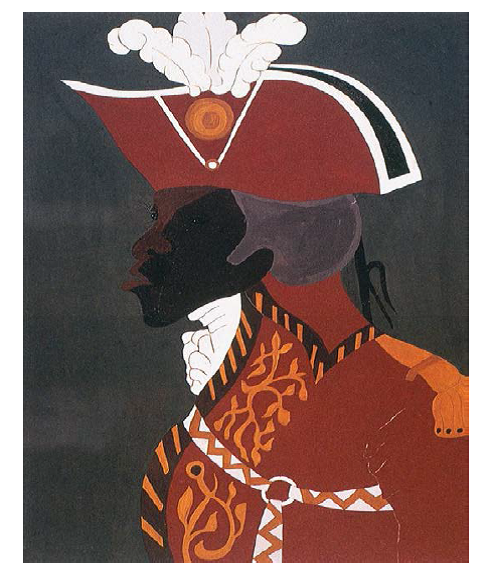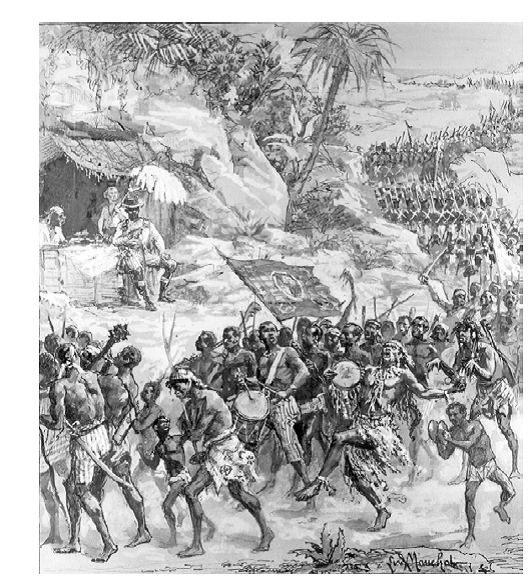
Toussaint Louverture
1938- Lawrence Jacob

Haiti was a French colony known as Saint Domingue with majority of its population being African slaves. It was a plantation society and was one of the richest of all European colonies in the Caribbean producing sugar, coffee, and cotton that accounted for 1/3 of France’s foreign trade. The Enlightenment ideas promoted by the French revolution of freedom, equality, and popular sovereignty, appealed to the peoples throughout Europe and the Americas. Haiti was the second independent nation state in the Americas. The revolution lasted thirteen years and left a devastating economy but it has been one of the most successful slave revolts in history. The Haitian Declaration of independence was a rejection of France, European colonialism and racism.
In Haiti, the economy was flourishing before the revolution. At the top of the social pyramid were the plantation owners, officers, merchants and poor whites, below them were the African mixed race people, and below them were slaves (Panorama, P.595). The free slave labor and mass production of sugar, coffee, and cotton lead to great wealth for the French but once the slave population heard about the French rebellion they decided they wanted to fight for their freedom the same way. There was no desire for there to be equality for African slaves because they weren’t acknowledged as men with rights. Haiti became a slave-free nation but although their revolution was a victory, they could no longer produce the way they used to because they had destroyed the plantations and couldn’t export much to build their economy back up